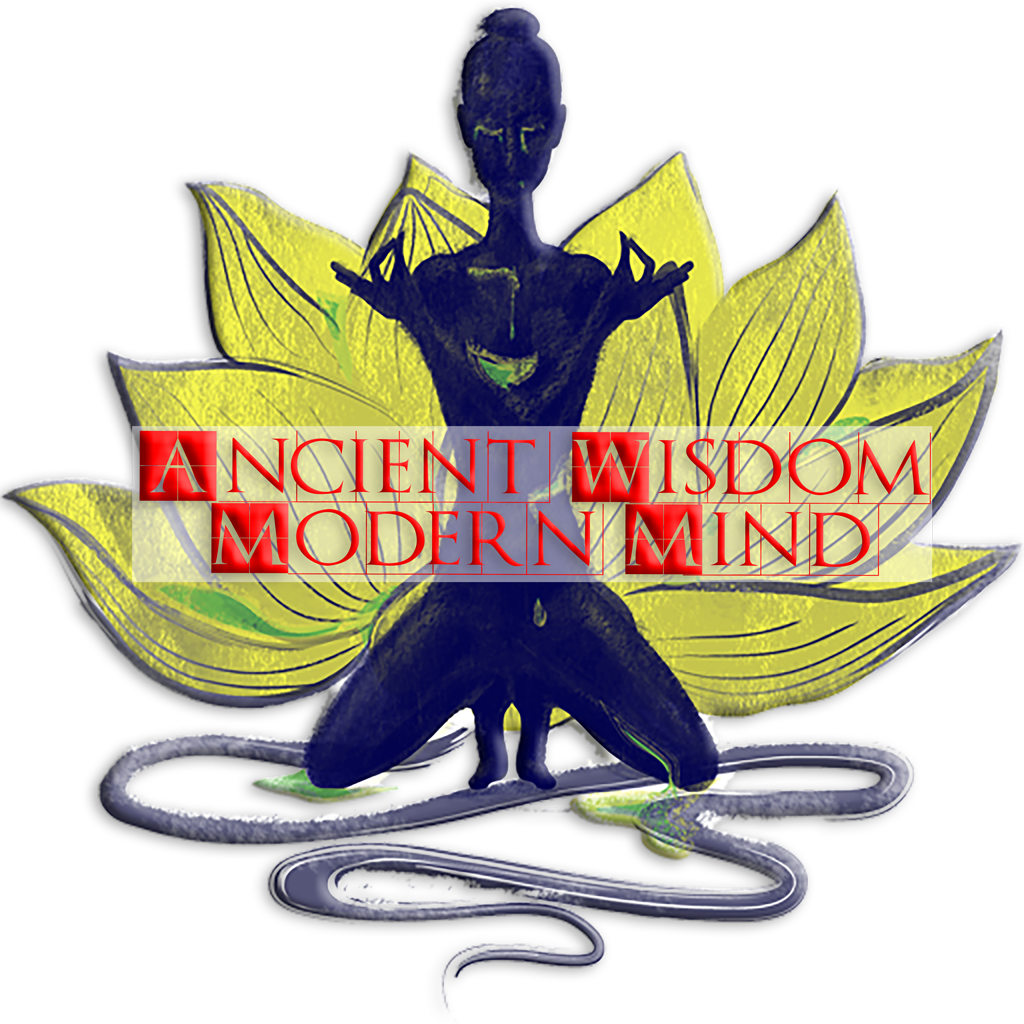What happens during samadhi? What are the three types of samadhi?
What happens during samadhi? What are the three components of samadhi?
Hello and welcome to the Ancient wisdom modern mind podcast and today I would like to share with you about stages of Samadhi and how to achieve it.
🕧 KEY MOMENTS IN THIS PODCADST🕧
00:00 – Introduction
02:24 – Step 1: Breathing
05:08 – Step 2: Self-improvement through Self-truth
09:30 – Step 3: Meditation Practice
These 3 steps will lead you towards the state of Samadhi, and Samadhi really depends on how often you apply yourself to the process. In the beginning Samadhi will come in flashes of realization, which will begin to become long states of heightened perception. Until finally you will simply realize yourself. This is self-realization and is a gate way state that steps into Samadhi.
► Step 1: Breathing
Conscious breathing or pranayama is known in Sanskrit as one of the most “mindful” things we can do. There is simply nothing more present in the moment than our breath.
Prana means life force or breath sustaining the body; Ayama translates as "to extend or draw out." Together the two mean breath extension or control.
► Step 2: Self-realization
Samadhi is sometimes confused with self-improvement through personal success, but this is an external identification. Whereas Self-improvement through self-truth is an internal process, where you learn to see self in all its glory and all its faults. Self-truth is about accepting where you are now at this very moment. Tolerance, patience and self-respect start at home in our own minds, because it’s all about you, no matter what you may tell yourself about your beliefs and the world, if you don’t respect who you are from deep within then you will never find balance.
► Step 3: Meditation Practice
It only makes sense that we should meditate as an important process in achieving Samadhi, and mediation is more than just laying down with your eyes closed and contemplating relaxation. Which is why meditation has ritualized seating postures such as Lotus Pose or Easy Pose, or the Zen walking meditations. The mind needs structure to overcome its chaotic nature.
If you like the podcast, please SUBSCRIBE and don't forget to 👍like, comment and share. Stay safe.
Letter of Support
Hello my friends, the patronage of regular followers is greatly appreciated and is the true spirit of mutual self-love… So, if you find any value or joy in the content, please consider becoming a Supporting Patron by downloading Podcasts for a small supporter’s remuneration or by purchasing Meditation audios or books from the Books & Meditation Audios page or by clicking the Supporters Link, and this one simple act makes a huge difference.
👍 share and Stay safe.
References
// IMAGE S O U R C E: Image is used under the fair use and other exceptions to copyright law
▶️ BACKGROUND M U S I C:

